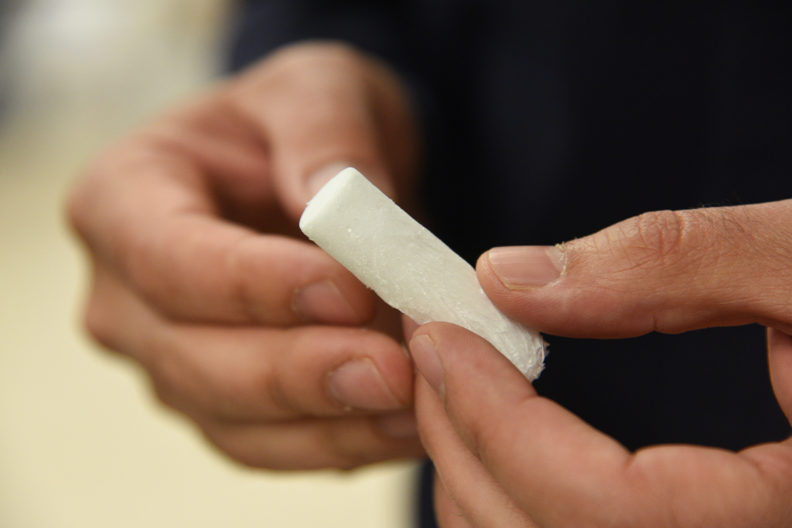In reality, gasoline is still with us because it has terrific energy density and nothing else compares. We can pretend that electric cars use energy not generated by fossil fuels or nuclear, and that is fine for end consumers, but policymakers know better than to rush toward solar and wind and endure nationwide blackouts. Gasoline has survived lots of competition, as has styrofoam, even though both have been targets of well-funded, exaggerated campaigns about their harms. In 2007, the US Congress even mandated replacing styrofoam and plastic in the Congressional cafeteria because the House Speaker insisted alternatives were ready. It was an expensive fiasco, staffers hated the alternatives because practical use did not match with the posturing, and in 2011 when they lost control the outgoing head of the committee in charge recommended that his successor go back to styrofoam and plastic.
Twelve years later, viable alternatives are still not ready but science marches on. Science improved agriculture by creating new products, it will work in automobiles, it will work in disposable utensils also, perhaps in the form of nanocrystals of cellulose. Cellulose is the most abundant plant material on earth and a new proof-of-concept manufacturing process to make the foam even uses water as a solvent.

Image: Washington State University
Writing in Carbohydrate Polymers, the authors are aware they are not the first to tackle cellulose-based foams. They know other versions are not as strong as styrofoam, don’t insulate as well, and degrade in humidity. To make their new cellulose nanocrystals, researchers use acid hydrolysis, in which acid is used to cleave chemical bonds. The material is made of about 75 percent cellulose nanocrystals from wood pulp. They added polyvinyl alcohol, another polymer that bonds with the nanocellulose crystals and makes the resultant foams more elastic.
The material that they created contains a uniform cellular structure that means it is a good insulator. For the first time, the researchers report, the plant-based material surpassed the insulation capabilities of Styrofoam. It is also very lightweight and can support up to 200 times its weight without changing shape. It degrades well, and burning it doesn’t produce polluting ash.
It sounds great but the private sector and consumers have heard this all before. To really supplant stryrofoam, it will need to work for practical applications, and that means formulations for stronger and more durable materials. It will also need low‑cost feedstocks to make a commercially viable product before moving from the laboratory to a real-world manufacturing scale.




Comments